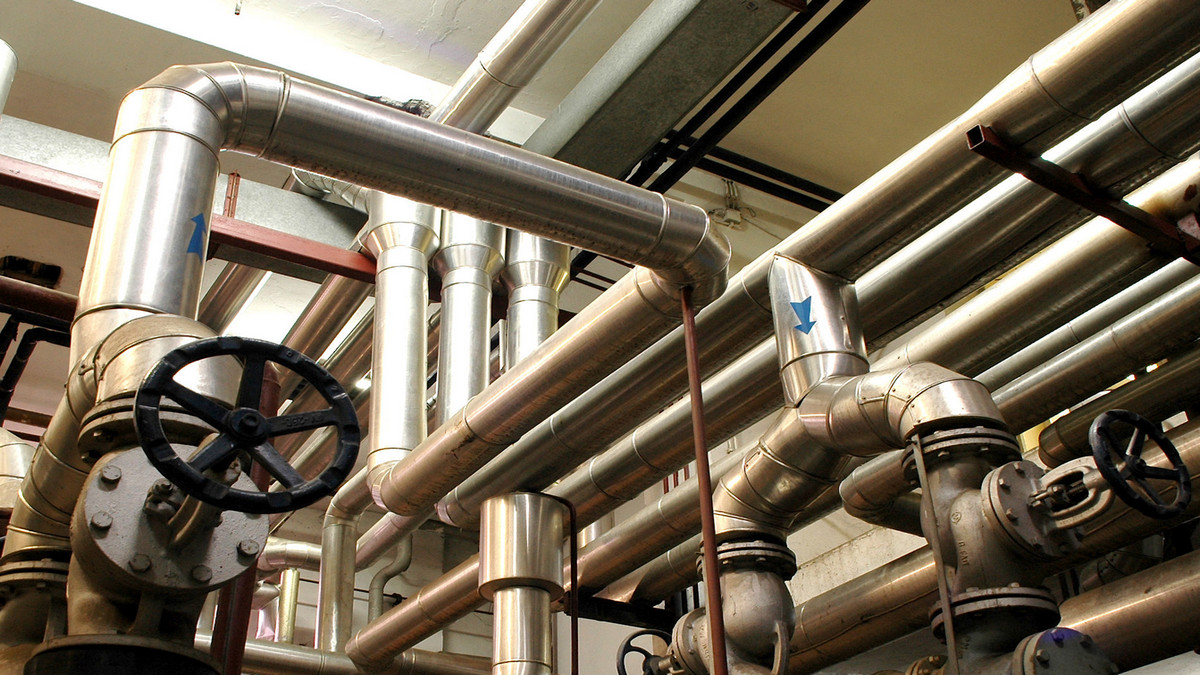The global industrial valve market will reach 85.6 billion U.S. dollars in 2022. From the perspective of product technology leadership, European countries, especially Germany, and the United States, are the main leaders, followed by Taiwan, Japan, South Korea, China and India.
Global Market of Industrial Valves
The valve is a control component in the fluid conveying system. It main functions are for cut-off, regulation, diversion, prevention of reverse flow, stabilization, diversion or overflow, and pressure relief. Valves used in fluid control systems, ranging from the simplest shut-off valves to the various valves used in extremely complex automatic control systems, have a wide range of varieties and specifications. Valves can be used to control the flow of various types of fluids such as air, water, steam, various corrosive media, mud, oil, liquid metal, and radioactive media.
The global industrial valve market is expected to grow from USD 58.54 billion in 2020 to USD 93.64 billion in 2028, with a compound annual growth rate of 6.0% from 2021 to 2028. Industrial valves are mainly made of carbon steel, cast iron, stainless steel, and other high-performance metal alloys to obtain effective flow control in water and wastewater, oil and electricity, food and beverage, chemical, and other industries. The valve is mainly composed of the main body, a valve stem, and a valve seat. They are usually made of different materials, including polymers, rubber, metal, etc., to avoid waste of liquid flowing through the valve. The main difference in the valve lies in its operating mechanism. The most widely used valves in the industry are globe valves, butterfly valves, ball valves, gate valves, plug valves, pinch valves, diaphragm valves, and check valves.
As more and more attention is paid to the precise positioning and automation of industrial valves, significant progress has been made in the automation of control valves. Control valves include actuators that use valve positioners, which convert electrical signals into pneumatic signals to control the valve. Therefore, automation in the valve positioner provides higher efficiency, lower energy consumption, and higher reliability, which in turn promotes the growth of the global industrial valve market.
In addition, the oil and gas industry is the world's largest consumer of industrial valves, including the use of industrial valves in downstream, midstream, and upstream process applications. The rising demand for industrial valves in North America has promoted the demand for importing industrial valves from other countries; thereby promoting the growth of the industrial valve market. In addition, the food and beverage processing industries of developed countries, including EU countries, the United States, and China, are saturated.
However, the growth of food demand in developing countries such as Brazil and India have promoted the development of agriculture, which in turn has promoted the growth of the food and beverage processing industry. It is expected that this will further promote the demand for industrial valves; thereby promoting the development of the industrial valve industry.
However, the US government has raised tariffs on derivative aluminum and steel imports, which has hurt US manufacturing. Although tariffs are aimed at gaining more income from imports, the global trade in industrial valves has been negatively affected, and industrial valve manufacturing uses a large amount of steel, so steel tariffs will hinder market growth momentum.
In addition, COVID-19 has caused the production and sales of various products in the industrial valve industry to stop, mainly due to the long-term blockade of major global countries such as the United States, Italy, and the United Kingdom, which has severely hindered the growth of the industrial valve market. Under the upgrade of Industry 4.0 technology, the integration of artificial intelligence and the Internet of Things (IoT) in the manufacturing process is expected to be a source of growing market opportunities for the global industrial valve market.
Industrial Valves Guide the Growth Momentum of Industry
Drive the added value of steel, petrochemical, and semiconductor innovation
After facing the 2021 epidemic, the economy is about to usher in a retaliatory reversal, and the trade war has triggered the reorganization of supply chains in various countries, which has led to soaring raw material prices and a wave of digital transformation. Among the beneficiaries are the domestic and foreign steel, petrochemical, and semiconductor industries. Those who intend to expand or increase production should ensure that the basic pipelines and valves throughout the plant are safe and reliable to maintain the kinetic energy of sustainable production.
The main function of the valve is for the opening, closing, and flow control of fluids, including water and hardware products such as common faucets in daily life, which are all a kind of valve; industrial valves are commonly used in petrochemical, steel, power plants, On various pipelines in semiconductor factories, mechanical devices that regulate the flow, direction, pressure, and temperature of pipeline fluids, such as ball valves, butterfly valves, hemispherical valves, ball valves, check valves, and other types of multiple types, are even closely related to their key processes. According to forecasts, the global industrial valve market will reach 85.6 billion U.S. dollars in 2022. The mainstream market will be Germany, the United States, and Japan, followed by China, Taiwan, South Korea.
Relatively low oil prices have made it difficult to expand production in the energy and petrochemical industries in recent years. Tankers have been stranded at sea with continuing capital expenditures for maintenance, annual repairs, and equipment renewal. Tightening of environmental protection regulations such as energy conservation and emission reduction, has increased production costs. Facing these challenges, as production resumes back to normal, the demand for smart automation and upgrading will be the main growth drivers for the future of the valve industry.
At present, in addition to benefiting from the International Maritime Organization (IMO)'s promotion of ballast water treatment systems and the regulation of sulfur discharge conventions, the demand for ships' valves has been strong, and the long-term growth trend is strong. The China government recently confirmed that the petrochemical industry will carry out structural reforms. Changes will be made to prioritize innovation and high-quality development, which will help to promote the upgrading of the local petrochemical industry, and drive the demand for additional purchases and replacement of valves. With the growth of industry revenue, various valve manufacturers have also upgraded the upstream supply chain integration of casting and processing to increase production automation. Cross-strait production bases, are able to achieve good quality control, and maximize the benefits of mass production.
In addition, in response to the current US-China trade war, the shifting of orders and the reorganization of the global supply chain have caused the manufacturing industry to expand or return to Taiwan and Southeast Asia. The increased demand for upgrading of semiconductors and basic engineering in the water treatment industries has led to increased demand for production capacity. As smart manufacturing and industrial automation continue to accelerate, it will increase the demand for the replacement of existing valve products and also increase the demand for the installation of automatic control devices. To meet this demand, the valve industry has also launched a vertical integration layout for product development, mass production, and global sales, which will help maintain the overall production capacity utilization rate. In addition, in response to the intensification of the US-China trade war in recent years, the technology industry has accelerated its deployment of the G2 technology industry standards. A deep understanding of advanced semiconductor processes, steel industry blast furnace/electric furnace production, and petrochemical and gas-fired power plants has led to new developments in the semiconductor supply chain.
End-customers can take advantage of these trends and provide complete solutions, including a full range of products, customized services, and maintained quality, without affecting production capacity or increasing costs. To save space and costs, it is convenient for customers to replace manual systems with remote control. Customers in industries such as the petrochemical, chemical, steel, semiconductor, and other industries, can evaluate the design, manufacturing, and quality control capabilities, and then provide successful solutions for large factories, which will give an increased sense of trust.
For Taiwan industrial valve manufacturers, it is not enough to improve their product and service capabilities. They must link the supply chain through digital technology and turn the supply chain into a value chain, to compete in the world and gain a foothold in the market.









.jpg)
.jpg)
.jpg)

